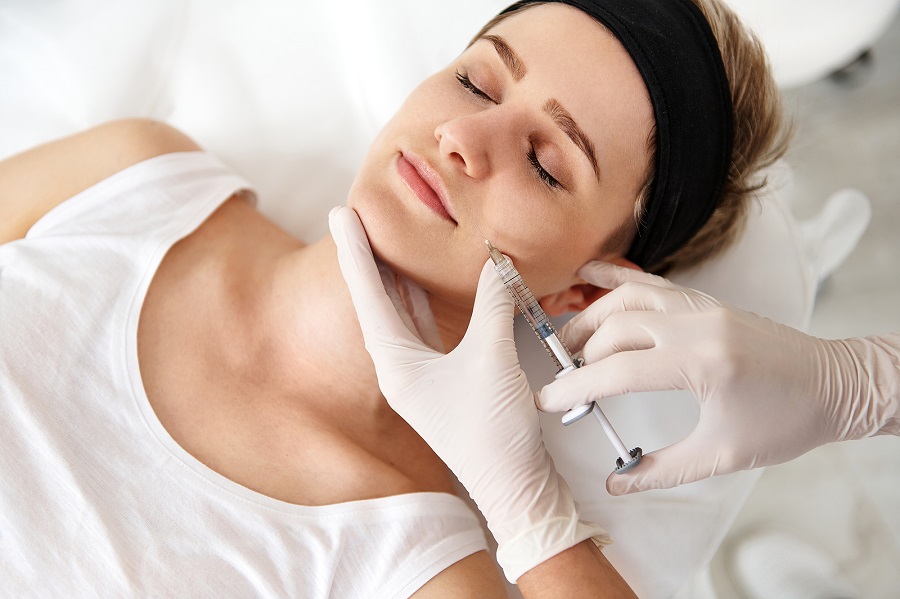
CAN MICRONEEDLING TREAT MELASMA CAUSED BY PREGNANCY?
Whether you’ve been looking forward to a little one for a long time, or you’re still feeling shocked because you just found out, pregnancy can be a wild time full of emotions and new experiences. Your body changes, your heart changes, and ultimately, your spirit changes, too – often for the better.
But pregnancy isn’t all positive for every person, either. For a significant portion of people, it comes with undesirable side effects like morning sickness (blah), swollen ankles, aches and pains, and yes, even skin problems, too.
Next to acne, melasma (hyperpigmentation that causes dark spots to develop on the skin) is one of the most common of these conditions. If this has happened to you, microneedling may be the answer.
WHAT IS MELASMA, EXACTLY?
We mentioned that melasma is a buildup of pigmentation, but what exactly does that mean? Your skin contains a substance called melanin; this dark brown to black pigment determines its color and tone. Melanin is also present in hair and eyes for the very same reasons!
How much melanin you have depends on your personal genetics. Someone who is of Armenian descent, for example, will naturally have more melanin present, while someone who is from Iceland may have very little melanin at all. This is also why we have such a beautiful, broad spectrum of skin colors present in our world today!
In melasma, melanin builds up due to the influence of hormones – which are often out of balance during pregnancy and stay that way for some time after. Spots can be light and just a shade or two off from your natural skin color, or they can be so dark they almost appear to be a birthmark. Often, people find them extremely distressing, especially if they contrast with your regular skin color.
TYPES OF MELASMA
Melasma occurs in four different specific subtypes. While all involve excess melanin, each manifests in a slightly different manner.
EPIDERMAL MELASMA
Manifests as melanin build-up only in the first few layers of skin. This type of melasma is often the easiest to treat because top skin layers are the first to regenerate. In fact, mild abrasion (such as microdermabrasion or even just a good scrub) can sometimes be enough.
DERMAL MELASMA
Involves melanin build-up, but the reason why the pigment builds up is different. Localized cells develop a preference for ingesting melasma, changing color in the process. Some research shows this may be genetic.
MIXED MELASMA
A simple term used to define melasma cases with features from both of the aforementioned types. This is surprisingly common!
UNSPECIFIED MELASMA
Any melasma case that occurs without a clearly defined reason or in a non-specific way. For whatever reason, the patient’s skin just seems to develop extra melanocytes (pigment). In the case of pregnancy, it’s usually a response to hormone changes.
It isn’t really possible to diagnose which type of melasma you have at home on your own, but your local medical spa can help. Don’t be afraid to reach out with them if you’re concerned or want real results!
WHAT IS MICRONEEDLING?
Microneedling is a process in which a medical provider uses a special pen equipped with extremely tiny needles to gently poke holes in the surface of the skin. Some specialized devices also deliver a small dose of laser therapy once the needle enters the derma, but the procedure still carries many benefits either way.
So what are the benefits of microneedling? We’re glad you asked! Most research shows that causing mild trauma to tissue (that’s the pinprick) stimulates your body’s own ability to create collagen and regenerate new skin cells. It’s relatively non-invasive, low-pain, and comes with almost no recovery time; just a bit of redness and irritation for a few days.
Microneedling is also suitable for just about everyone in relatively good health. It works for people with combination skin, dry skin, and oily skin, but shouldn’t be used by anyone having an active breakout and/or people with severe acne. It should be tested with caution in patients with psoriasis, too, because the nature of psoriasis is that skin regenerates faster – so encouraging more regeneration isn’t desirable.
In fact, the only real downside is that your face can look a little bit frightening the first time around during the procedure – mostly due to the fact that pinpricks tend to release a small amount of blood. But that blood also re-nourishes the skin.
HOW CAN MICRONEEDLING HELP TREAT MELASMA?
Microneedling is beneficial for melasma for a few different reasons. First, skin patches with melanin aren’t necessarily doomed to stay that way forever once they appear. As skin cells turn over and regenerate, it is possible for new cells with less pigment to develop. Because microneedling speeds regeneration, this may shorten the length of time it takes to reduce the appearance of melasma.
As far as procedures go, microneedling is also far safer than, say, medical treatments like accutane, steroids, and bleaches, especially in pregnancy. In many cases, it isn’t exactly clear how these chemicals might affect the unborn baby. Microneedling, on the other hand, is no more impactful than getting a small scratch or having bloodwork provided your technician ensures a sterile working environment.
Of course, microneedling is also way less invasive than surgery, too. If you were considering going under the knife to remove particularly bad patches, it may be worthwhile to check it out and give it a shot.
There are other benefits to patients who choose microneedling during or after pregnancy, too. In fact, melasma reduction is really just the beginning! How about more even tone, better clarity, improved circulation, plumper tissues, and an overall smoother appearance that makes you look years younger? What’s not to love!
 None
None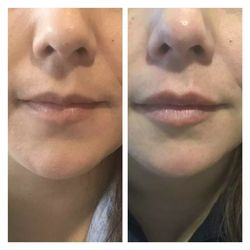 None
None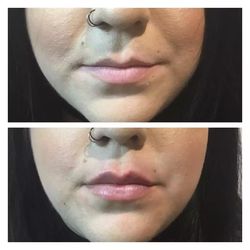 None
None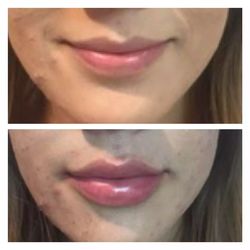 None
None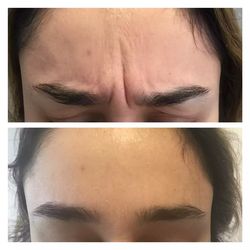 None
None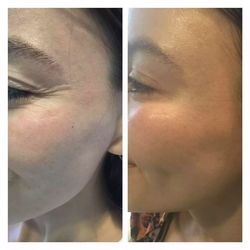 None
None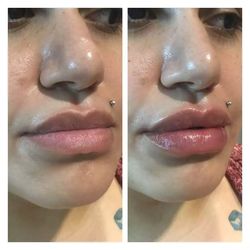 None
None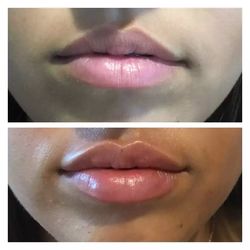 None
None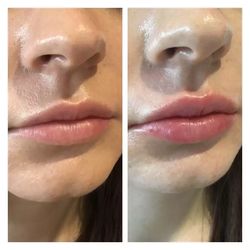 None
None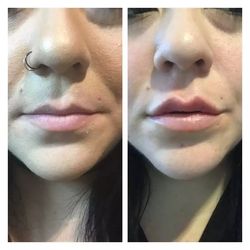 None
None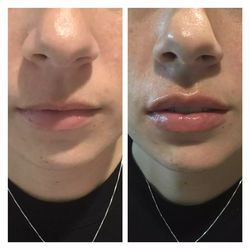 None
None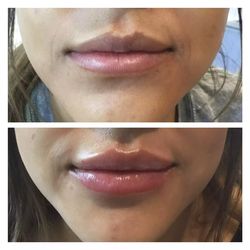 None
None None
None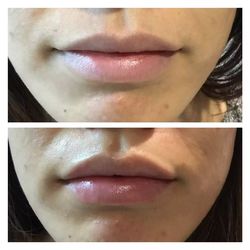 None
None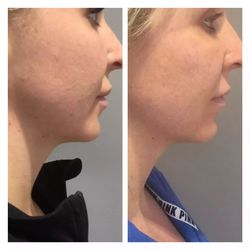 None
None None
None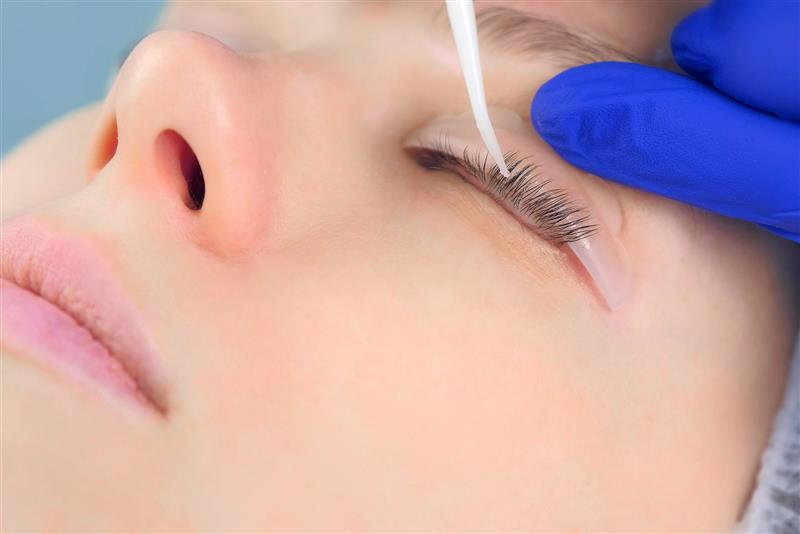



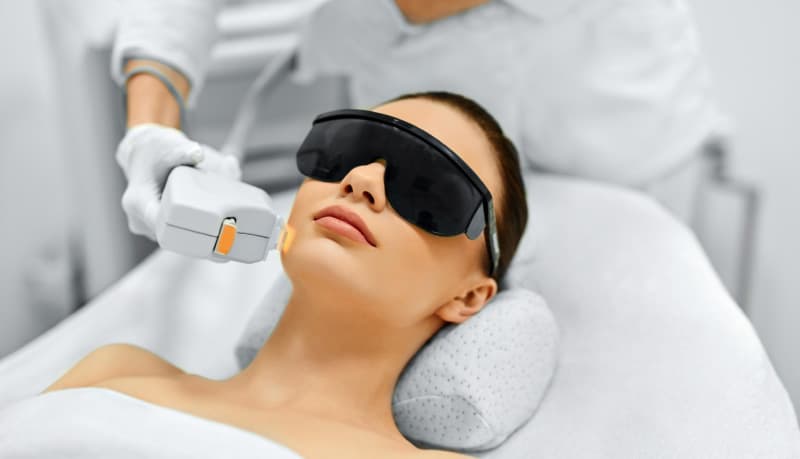









0 comments